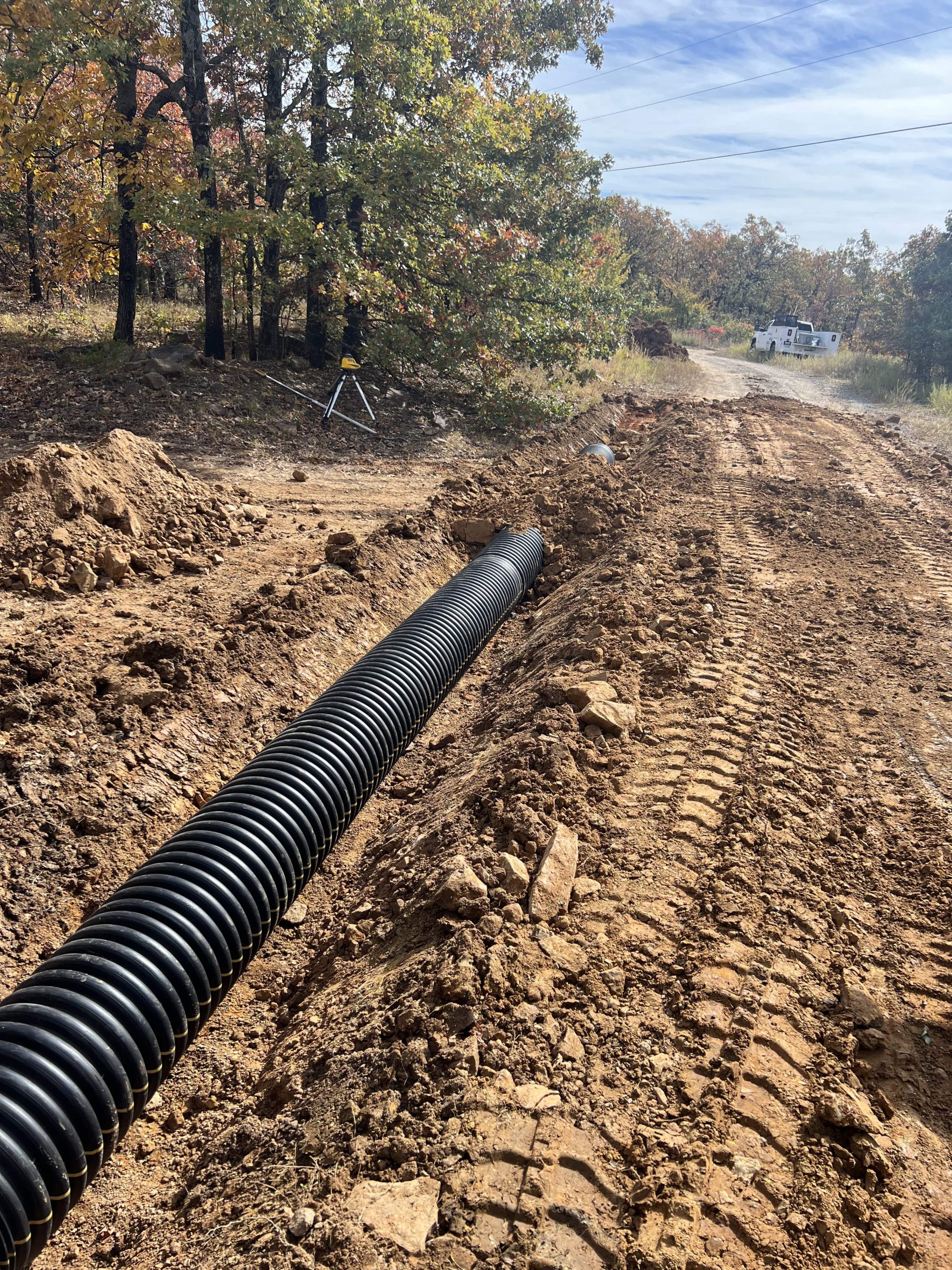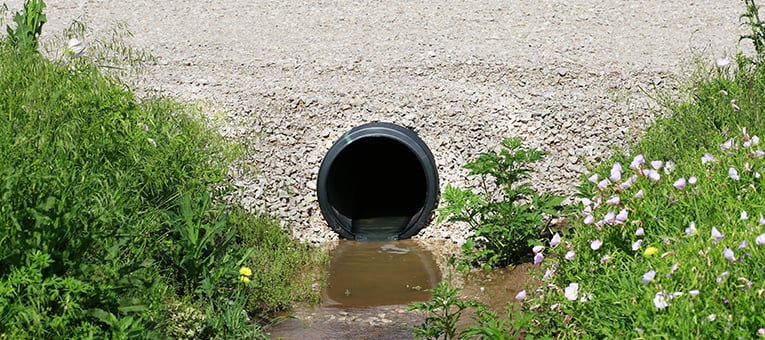Culvert Installment Facilitated: Step-by-Step Guide for Success
Mounting culverts may look like a straightforward task, yet making sure an effective outcome requires careful preparation and implementation. From selecting the proper culvert size to incorporating proper drain actions, each step in the installation process plays an important role in the performance and long life of the culvert system. By following a systematic approach and paying interest to crucial information, the installment can continue efficiently, decreasing potential problems down the line. Keep tuned to uncover the vital actions and factors to consider that can make culvert installment a smooth and successful endeavor.
Picking the Right Culvert Dimension
Choosing the suitable culvert size is important for ensuring reliable water circulation and structural integrity in culvert setup tasks - Pad Construction. The dimension of the culvert directly impacts the circulation ability of water through the framework. A culvert that is also little can result in flooding and overflow, while one that is too big may cause reduced water velocity, potentially triggering sediment build-up and obstructions
To determine the appropriate culvert size, variables such as the watershed area, optimal flow rates, and hydraulic efficiency requirement to be carefully taken into consideration. Computations based on these parameters help in picking a size that can properly handle the expected water volume while minimizing the danger of blockages and architectural failure.
It is necessary to speak with design guidelines and requirements to ensure that the picked culvert dimension fulfills the project demands and neighborhood guidelines (Pad Construction). By picking the right culvert size, task managers can maximize water flow, stop potential concerns, and improve the general efficiency and long life of the culvert installation
Preparing the Setup Website
Efficient culvert installment requires thorough prep work of the setup website to ensure optimum structural assistance and performance. Before starting the installment process, it is crucial to remove the website of any particles, plants, or obstructions that can hamper the culvert's placement.
Furthermore, it is essential to consider elements such as dirt structure, groundwater levels, and ecological impacts when preparing the setup website. Carrying out a thorough website analysis can aid identify any possible obstacles or risks that may influence the culvert's efficiency. By taking the time to prepare the installation website correctly, you can assist ensure an effective culvert installment that meets structural demands and makes certain lasting capability.
Putting the Culvert Appropriately

The grade at which the culvert is put is important for preserving an appropriate incline for water circulation. A gradual slope assists avoid merging and advertises efficient drainage. Furthermore, the culvert must be oriented correctly to ensure that the inlet and outlet remain in the proper places. This positioning is necessary for the culvert to function efficiently in handling water circulation.
Backfilling and Condensing the Dirt
Appropriate backfilling and compaction of the soil around the culvert is crucial to make certain security and protect against prospective issues in the future. As soon as the culvert is correctly placed, the next critical step is to backfill the area around it with appropriate product.
Compaction helps in minimizing the chances of settlement and makes sure consistent support around the culvert. It is crucial to small the dirt equally on all sides of the culvert to keep its architectural stability.
Appropriate backfilling and compaction not only offer security to the culvert yet also assist in stopping soil disintegration and keeping the longevity of the culvert system.
Making Sure Correct Water Drainage Combination
Integrating efficient water drainage remedies plays an important function in the overall functionality and longevity of culvert setups. Appropriate drain assimilation is essential for handling water flow, avoiding erosion, and guaranteeing the structural integrity of go to my site the culvert system. To achieve this, it is vital to make a thorough drain strategy that takes into consideration variables such as the volume of water anticipated, the topography of the location, and the kind of soil present.

Additionally, integrating attributes like erosion control actions, such as riprap or plant life, can further improve the efficiency of the water drainage system. By carefully preparing and carrying out these drainage options, culvert installments can operate efficiently and endure the test of time.
Final Thought
Finally, correct culvert installment is essential for maintaining effective drain systems. By choosing the best culvert size, preparing the installation click for more site, placing the culvert correctly, backfilling and compacting the dirt, and ensuring correct drain combination, success can be accomplished. Following these steps will aid make certain the durability and effectiveness of the culvert, ultimately contributing to the total success of the water drainage system.